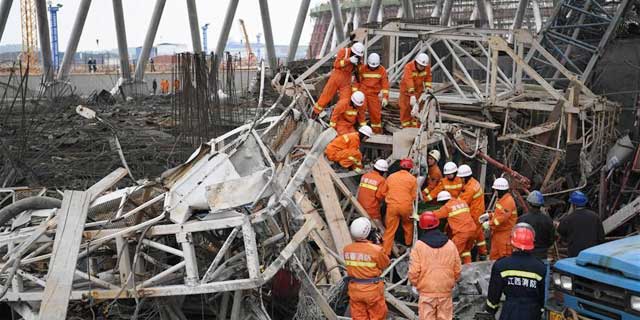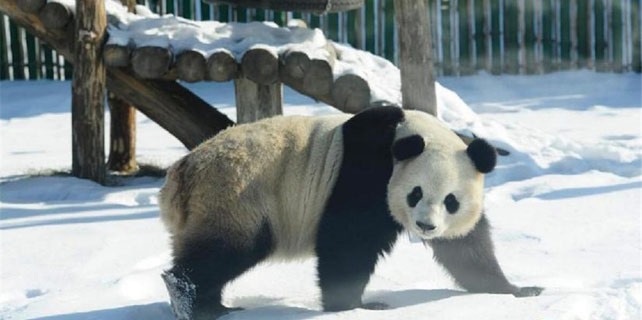New discoveries unearthed at Terracotta Warriors site
 |
|
Terracotta warriors and horses in the Emperor Qinshihuang's Mausoleum Site Museum [File Photo] |
An "animal world" discovered in the mausoleum
Ancient people of the time used animals as burial objects and the emperor's mausoleum was no exception.
The new archaeological findings reveal that thousands of animal-related relics have been found in the mausoleum; that makes it the tomb in China with the most animal species so far.
"Different animal species were unearthed in Emperor Qinshihuang's mausoleum, including real animals and those made of pottery or iron," Wu Lina, from Emperor Qinshihuang's Mausoleum Site Museum said. During the Qin Dynasty (221-206 BC) people gradually grasped animals' habits and learned the skills necessary to raise and train them to some extent.
According to preliminary statistics, the most unearthed animal in the mausoleum is horse. Horses come in many forms: pottery, copper, horse bones unearthed from stable pits. Other animals unearthed include rare birds and beasts and water fowl. Yet to be identified are animal bones.
Wu Lina said that after years of excavation, the animals unearthed from the mausoleum include deer, muntjac deer, figures of copper fowl, such as cranes, swans and swan goose, plus the bones of sheep, chicken, fish and turtles, as well as shellfish ornaments.
Animal and human beings have existed side by side since ancient times, and the concept of biodiversity should be advocated even vigorously nowadays, Hou Ningbin, the museum's head, said.






















